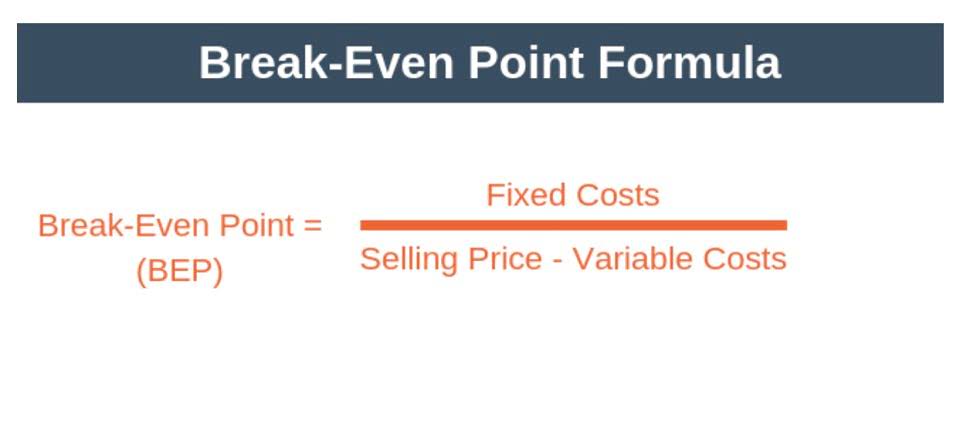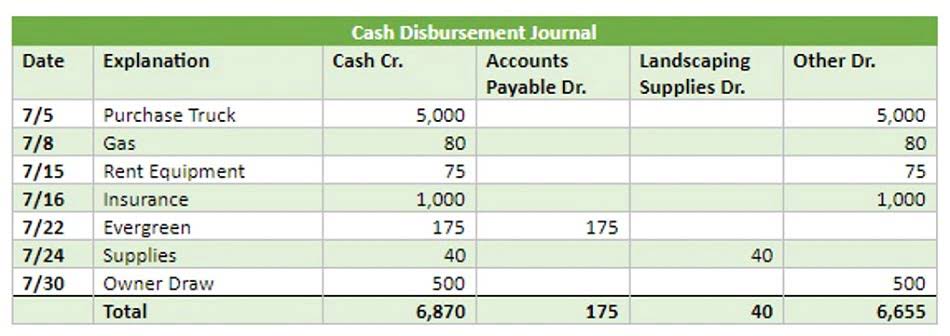
A double-entry accounting system that uses both general journals and general ledgers ensures accurate financial tracking for businesses. The general journal records raw, date-sequenced transactions, while the general ledger organizes these transactions into key categories, including assets, liabilities, and revenues. While posting entries in the ledger, individual accounts should be opened for each account. The format of a ledger account is ‘T’ shaped having two sides debit and credit.
- Debits are recorded on the left column and represent incoming money, while credits are recorded in the right column and represent outgoing money.
- In the beginning, we talked about the procedure of recording a transaction.
- The information in the ledger is the highest level of information aggregation, from which trial balances and financial statements are produced.
- It serves as a chronological record of all business transactions, providing a detailed account of each transaction as it occurs.
- While the journal captures the initial details of financial transactions, the ledger takes those details and organizes them into specific accounts.
- Each accounting item is displayed as a two-columned, T-shaped table.
Financial Management: Meaning, Types and Key Differences

Each accounting item is displayed as a two-columned, T-shaped table. The bookkeeper typically places the account title at the top of the “T” and records debit entries on the left side and credit entries on the right. The general ledger sometimes displays additional columns for particulars, such as transaction description, date, and serial number.

FAQs on Difference Between Journal and Ledger in Accounting
Each account in the ledger maintains a balance that helps accountants and financial professionals track financial health and prepare financial statements like the balance sheet and income statement. A Journal is more detailed because each entry includes a complete description of the transaction, including the date, the accounts affected, the amounts, and a narration explaining the purpose of the transaction. A Ledger, on the other hand, focuses on summarising these transactions by only showing the date, the corresponding account, and the amount under specific account heads. Distinguishing between Journal and Ledger entries shows a clear understanding of the flow of accounting data. Correctly identifying and preparing both ensures accuracy, prevents posting errors, and demonstrates knowledge required for CBSE, CUET, and B.Com exams.
Key Differences
A ledger, also known as a general ledger, is a book or a digital record where all financial transactions of a business are recorded in categorized accounts. Each transaction recorded in the ledger affects at least two accounts, following the double-entry bookkeeping system. Only after a transaction is recorded in the Journal can it be posted to the appropriate accounts in the Ledger.


A general journal is the first place where data is recorded, and every page in the item features dividing columns for dates and serial numbers, as well as debit or credit records. These advances in technology make it easier and less tedious to record transactions, and you don’t need to maintain each book of accounts separately. The person entering data in HOA Accounting any module of your company’s accounting or bookkeeping software may not even be aware of these repositories. In many of these software applications, the data entry person need only click a drop-down menu to enter a transaction in a ledger or journal. Ledger is a principal book which comprises a set of accounts, where the transactions are transferred from the Journal. Once the transactions are entered in the journal, then they are classified and posted into separate accounts.
- Some organizations keep specialized journals, such as purchase journals or sales journals, that only record specific types of transactions.
- Although closely related, each serves a unique, irreplaceable function in the accounting cycle and helps keep transactional data organized.
- In the journal, the accountant debits and credits the right account and records the transaction in the books of accounts for the very first time using the double-entry system.
- The accountant creates a “T” format in the ledger and then puts the journal in the right order.
- The Journal is the ‘book of original entry’ where transactions are first recorded chronologically.
- A Ledger is the principal accounting book that compiles transactions transferred from the journal and organizes them under specific accounts.
While they are both involved in recording transactions, the general journal http://dolceveri.com/socutegifts/2025/06/24/inventory-turnover-ratio-itr-definition-3/ records raw data of business transactions, sequentially. The general ledger organizes this data into assets, liabilities, and revenue. It acts as a central repository that is later used for financial reporting and analysis.

The Journal is a book where all the transactions are recorded immediately when they take place which is then classified and transferred into concerned account known as Ledger. A ledger is an essential accounting tool that categorizes and summarizes financial transactions, ensuring transparency and accuracy. While journals serve as the first point of entry, ledgers provide a detailed and organized difference between journal and ledger record for financial reporting. Understanding the difference between a journal and a ledger is key to mastering accounting fundamentals, whether you’re a business owner, student, or finance professional. A Ledger is the principal accounting book that compiles transactions transferred from the journal and organizes them under specific accounts. One of the primary attributes of the ledger is its ability to classify and categorize transactions.

Leave a Reply